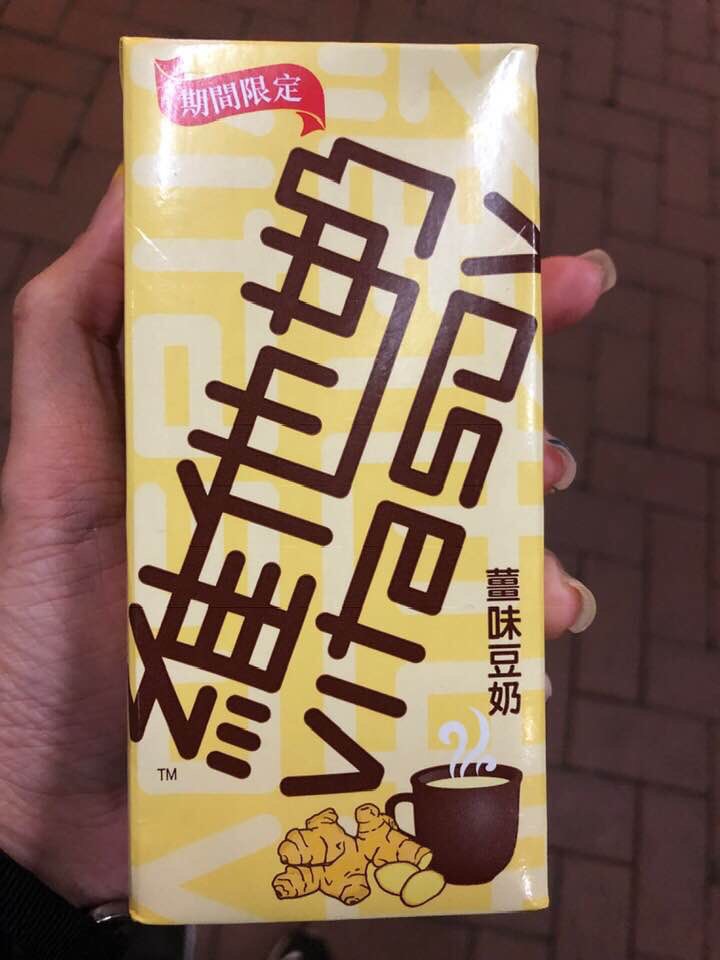Typing by voice recognition
E-mail message from my son, Thomas Krishna:
I'm using the voice recognizer to write you this message. When you do take your truck in for service at Toyota place, ask them if an exterior cleaning is included. Having visited you over the years I know that where you park a lot of tree debris falls onto your vehicles! This is no big deal, except for one thing, you don't want stuff to fall on top of your vents right in front of where the windshield is. I had this problem with my truck under the crepe myrtles at Lacey's house. For a while I tried using cardboard cutouts to cover them up but they did not last very well in the Sun and rain. I know that at your place things dropping off the trees is almost a continuous problem whereas for me it was only in the fall. So just thinking maybe you should try to find something that can cover those vents for when your truck is parked there.
Read the rest of this entry »




